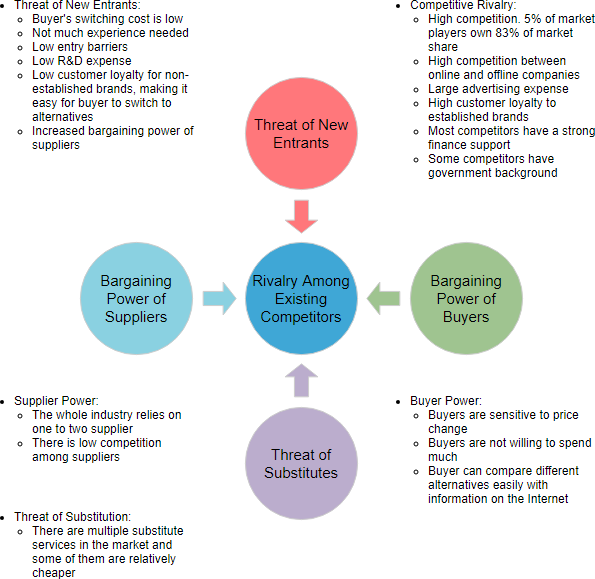

The competitive pressure for clients has turned marketing from something deemed slightly too business-oriented into expected practice. When fees are charged, the pool of clients often narrows and the competition for earned income heats up. Where many organizations are concerned, there are always people who can benefit from their services-especially when they are provided for free. Because funding decisions are often opaque and market signals unclear, managing competitive pressures in the funding domain is especially challenging. Still, competition for funding is driven by an odd combination of performance, reputation, and personal relationships. Investing in fundraising capacity and talent is seen as a strategic response to the struggle for donations, and for salaries for proven development professionals to continue to rise. There is considerable competition for support from foundations, corporations, and individual donors, with many organizations vying for grants. Organizations sharing a single market may compete for two key resources. And for social impact leaders assessing the quantity and quality of opportunities, the first step is to understand the market in which they wish to innovate. The opportunities for social innovation are abundant and the range is vast: even in market sectors in which there are many established providers, social impact leaders are often able to uncover previously unimagined opportunities and disrupt long-standing equilibriums-whether with a new product or service, or with an adaptation of an existing product or service (via identification of, for example, a new geography, customer, or delivery mechanism). Entrepreneurship is rooted in the entrepreneur’s identifying, seizing, and aggressively taking advantage of an opportunity-and innovation is often at the core of this response.


 0 kommentar(er)
0 kommentar(er)
